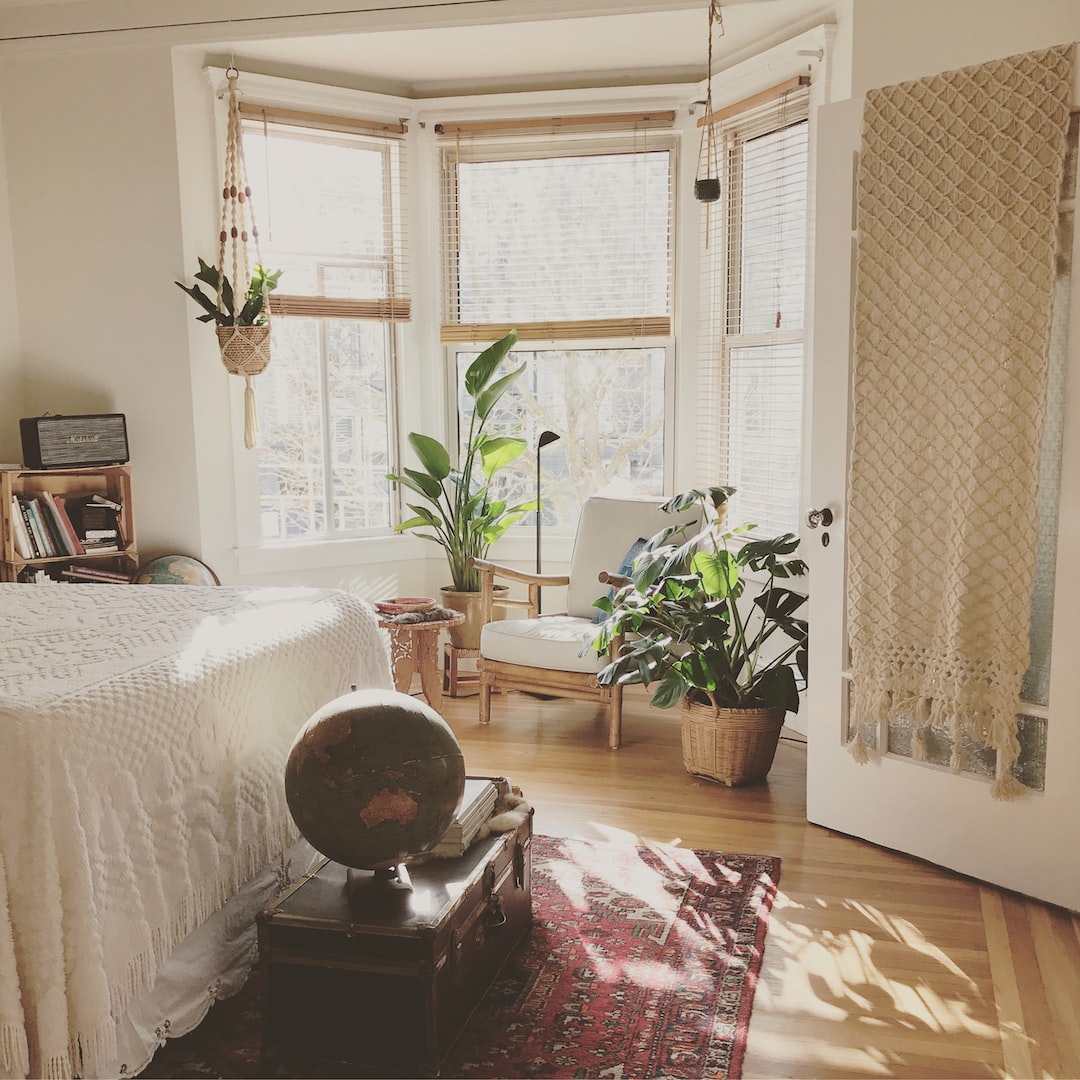Art Therapy: Discover the Healing Power of Creativity
In our fast-paced and stressful world, finding ways to relax and heal is essential. One powerful method that has gained popularity in recent years is art therapy. Through painting, drawing, sculpting, and other forms of artistic expression, individuals can tap into their creative side and unleash a host of emotional and mental benefits. In this blog post, we will explore the healing power of creativity and how art therapy can enhance overall well-being.
Art therapy is a form of psychotherapy that uses art materials and creative processes to promote self-expression and self-discovery. It is not necessary to have any artistic skills or training to participate in art therapy; it is more about the process rather than the end result. The focus is on exploring emotions, thoughts, and experiences through art, allowing for a deeper understanding and resolution of personal issues.
One of the significant benefits of art therapy is its ability to reduce stress and anxiety. Engaging in creative activities has been found to lower cortisol levels, the hormone responsible for stress. Art allows individuals to enter a state of flow, where they are completely absorbed in the present moment and detached from their worries and concerns. This state of mindfulness promotes relaxation and helps individuals detach from their stressful thoughts.
Furthermore, art therapy can be an excellent tool for improving mental health. It provides a safe space for individuals to express and explore their emotions, even those that may be difficult to put into words. Through art, individuals can process and release emotional pain, trauma, and anxiety. The act of creating art can be cathartic, leading to a sense of relief and emotional healing.
Art therapy can also enhance self-esteem and self-awareness. The process of creating art allows individuals to tap into their inner creativity and develop a sense of mastery and accomplishment. By engaging in art, participants can gain a deeper understanding of themselves, their strengths, and their limitations. Through the guidance of an art therapist, individuals can explore their emotions and gain new insights into their personal experiences.
Additionally, art therapy can facilitate communication and improve interpersonal relationships. It can be challenging for some individuals to express themselves verbally, but through art, they can convey their thoughts and feelings more effectively. Art can serve as a bridge, allowing for a deeper connection and understanding between individuals. It can be particularly beneficial for individuals who struggle with social skills or find it difficult to forge meaningful connections.
Moreover, art therapy is not restricted to any age group. It can be beneficial for children, adolescents, adults, and older adults alike. For children, art therapy can provide a safe outlet for self-expression and emotional exploration. It can help them develop a sense of identity and cope with difficult life experiences. For older adults, art therapy can improve cognitive function and enhance overall well-being.
In conclusion, art therapy is a powerful tool for healing and personal growth. Through artistic expression, individuals can reduce stress, process emotions, enhance self-esteem, improve communication, and form deeper connections with others. Art therapy is a versatile and accessible form of therapy that can be beneficial for individuals of all ages. Whether you consider yourself an artist or not, exploring your creative side through art therapy can bring about transformative changes in your overall well-being. So why not pick up that paintbrush or grab a pencil and discover the healing power of creativity?

